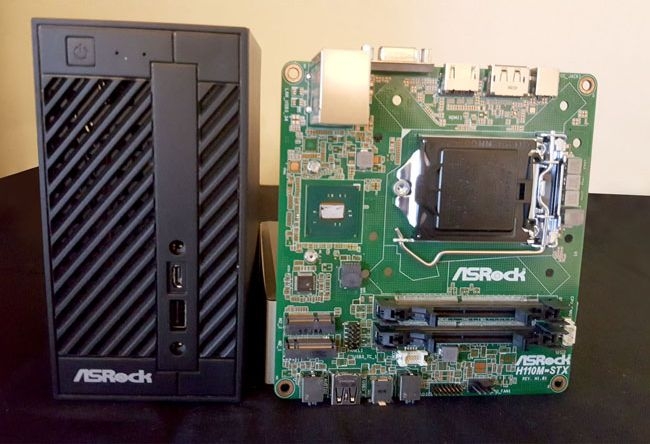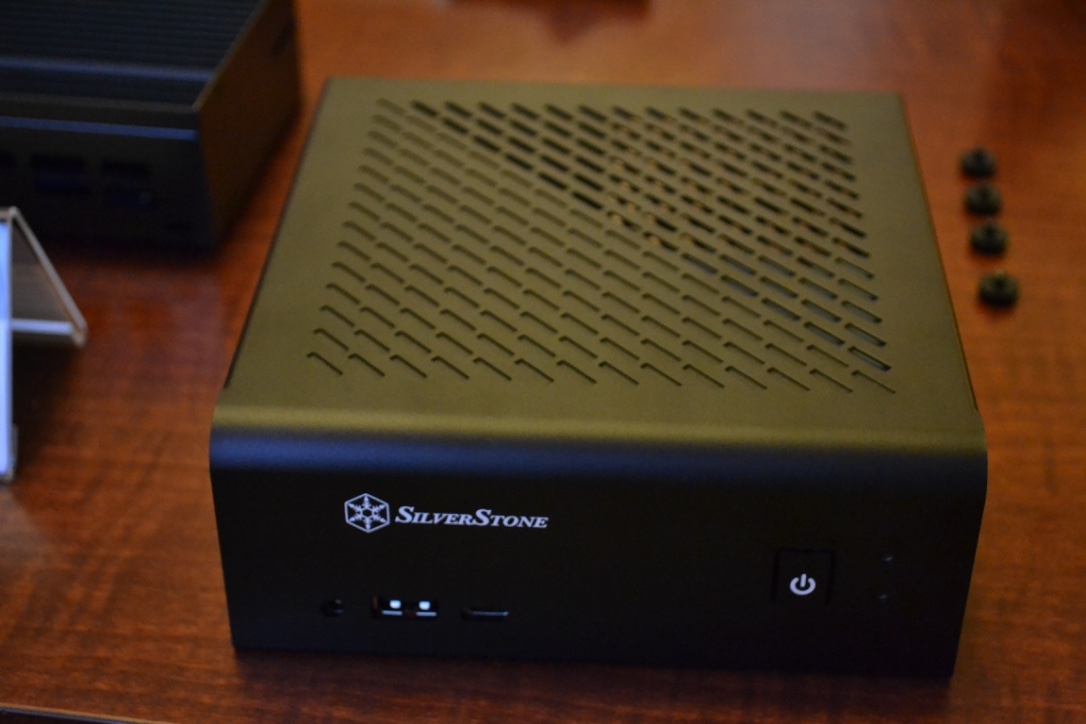Last week we shared with you a ridiculous $30,000 PC capable of running seven gaming setups at once. Today, we're tackling the opposite end of the spectrum with a few new motherboards that fall into the new mini-STX form factor category.
Created by Intel, the new form factor was unveiled last August and is set to become the smallest socketed board standard. Both ASRock and ECS unveiled mini-STX boards at CES while SilverStone showcased a case it's working on for the form factor.

Both boards feature an LGA 1151 socket that accept sixth-generation processors with TDPs of 65W or less. As Liliputing notes, ASRock's board accepts two DDR4 2133 MHz sticks of RAM and features HDMI, VGA, three USB 3.0 ports, one USB 3.0 Type-C port, two USB 2.0 ports, Gigabit Ethernet, M.2 SATA and another M.2 slot for a Wi-Fi + Bluetooth module.
The ECS board, meanwhile, is largely the same. The main differences are that it has two USB 3.0 ports, one USB 3.1 Type-C port, a DisplayPort and HDMI port.

Tom's Hardware got a look at SilverStone's nameless prototype that somewhat resembles an older external hard drive enclosure. The big takeaway here is the fact that there's no room for a power supply, indicating mini-STX systems are likely to be powered by external power bricks - the same kind laptops use.
Images courtesy Liliputing, Tom's Hardware
https://www.techspot.com/news/63435-check-out-early-mini-stx-motherboards-chassis-ces.html